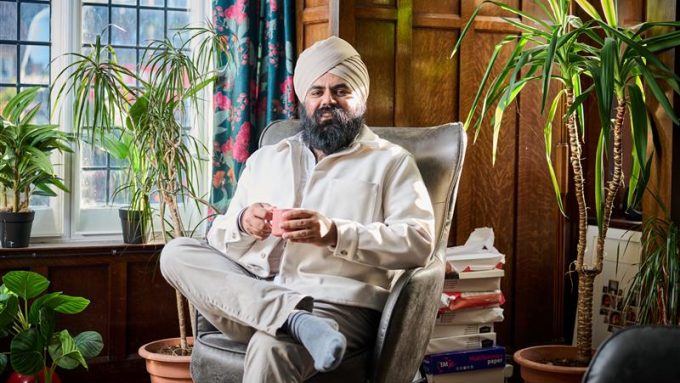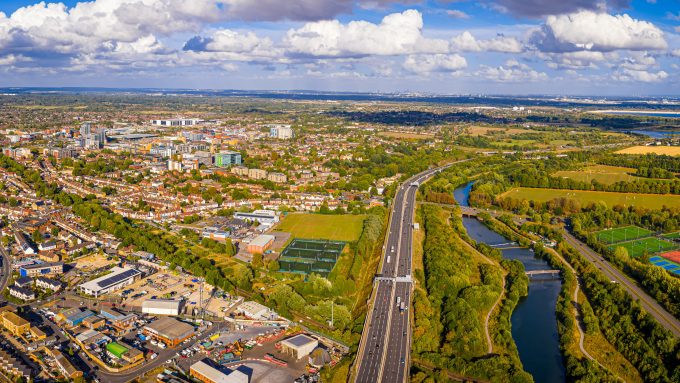
Meet the Academic simulating smart cities of the future
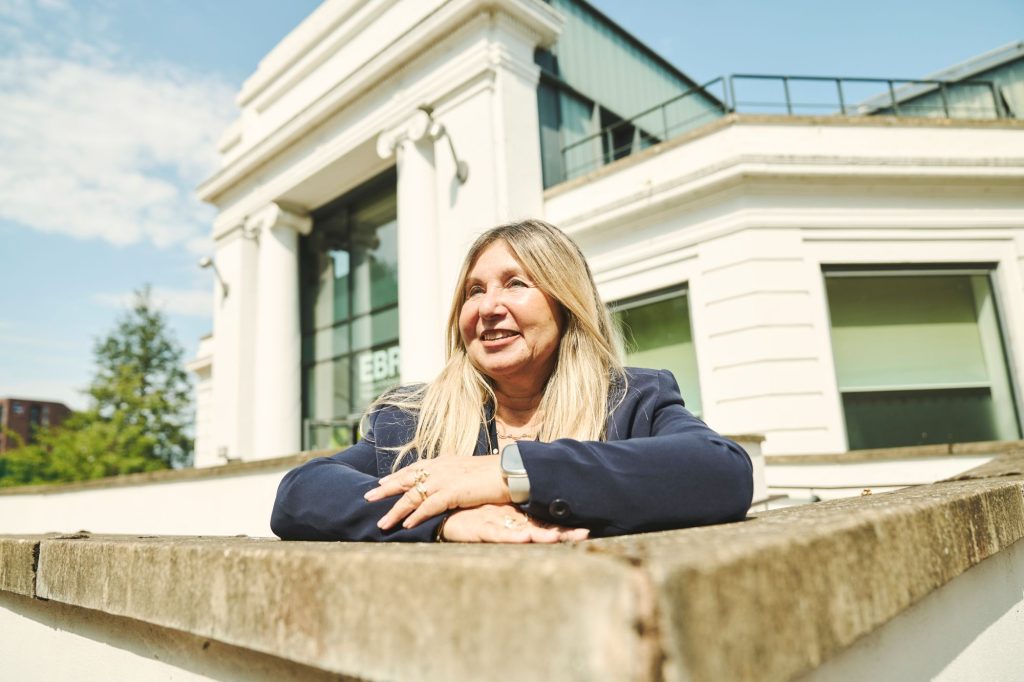
“Technology has to provide a better quality of life for everyone, and respond well to human needs,” says computer science specialist Manolya Kavakli-Thorne, who is developing a suite of smart city projects in South Korea.
Manolya is a professor of gamification and simulation technology at Aston University, and joined two years ago to help establish the Sir Peter Rigby Digital Futures Institute. Her aim was to digitalise the outputs of several university departments, from arts and humanities to engineering and science.
Now she is involved in six packages of work for the DIATOMIC international academic exchange, to transfer systems thinking between the cities of Birmingham and Ulsan. The project builds on the Birmingham-Ulsan Innovation Twins Partnership programme led by Connected Places Catapult.
Her focus is on using digital systems to improve city infrastructure and services, from creating eco-houses out of recycled shipping containers; to the development of low carbon transport; to the use of digital twins to support green energy solutions.
“We visited South Korea with the Catapult twice, and I could clearly see an opportunity to create a simulated version of a city, to help Ulsan address pressing issues such as climate change.”Manolya Kavakli-Thorne, professor of gamification and simulation technology at Aston University
The hope is that city and government officials could soon use data collected through a digital twin to make better decisions around transport and the built environment. “I’m always looking out for what is new, and how we can make more use of it,” she adds.
Virtual reality and physical help
Manolya spent 25 years working in computer science in Australia, and developed a virtual reality simulation hub for the engineering department at Macquarie University in Sydney. More recently with the Digital Futures Institute, she has been working on bio-engineering projects developing computer interfaces for people overcoming birth defects. A product she is developing to gamify is a ‘haptic glove’ fitted with smart sensors to train patients who are missing a couple of fingers perform certain gestures or grasp objects.
During the 1990s she was an architect, and developed computer programs that simulated the behaviour of human designers; to automate processes from creating kitchens in houses, to selecting the most appropriate window profiles for skyscrapers.
These examples proved the basis of her Masters and PhD focusing on detailed design and were early signs, she says, of AI in action. Many people consider AI to be a relatively new tool, but Manolya says the principles originate from as far back as the 1960s.
“It didn’t take off back then, because while the promise was there the power of computing was not,” she said. Instead, many specialists in her position focused on developing virtual, augmented and mixed reality systems using computer game ‘engines’ that used relatively inexpensive machines to process information and display graphics quickly.
“Only in recent years has the technology caught up with the ambition, and we have graphics cards that carry out matrix multiplications very quickly,” she explains. “Game engineering software has driven this field, mainly because it came up with new algorithms to do things very fast.”
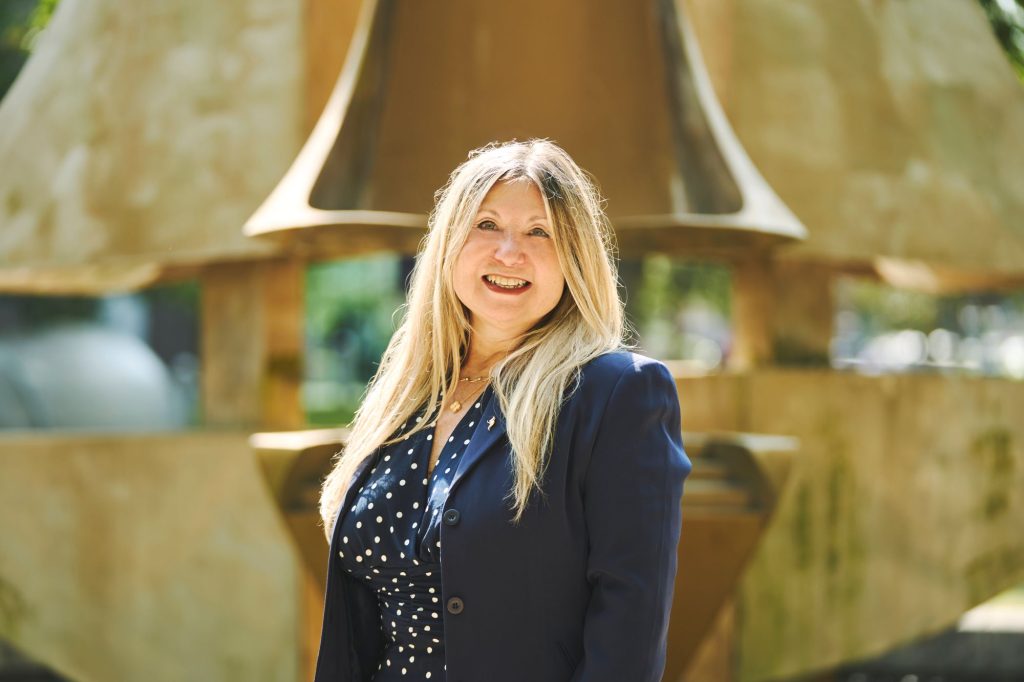
Dreaming of buildings in Istanbul
Manolya was born in Turkey and grew up in Istanbul, where as a child she “dreamt about built environments”. She later decided to combine her interests in arts (her mother was a fashion designer) and engineering (her father was a mechanical engineer) to become an architect.
She studied architecture at Istanbul Technical University and remembers a slight tension between two schools of thought: the creative design versus the need to ensure that structures stood up.
“I was quite good at drawing, but also had a scientific mind,” Manolya says. “And while I loved architecture, I got involved in computer science as I wanted to free architects from doing mundane drafting work; and leave the creative parts to the architects.” She worked with the university’s computer science department and got involved in graphics, and remembers designing a cathedral by writing computer code to do matrix multiplications.
One of her first jobs as an architect involved designing part of an early shopping mall in Istanbul in 1989. “I saw for the first time what computers can do in terms of civil engineering,” she remembers. Manolya also worked as a trainer for computer aided design package AutoCAD.
“People may think that architecture and computing are far apart, but they are not because architects use computer graphics. However, it's not always easy for architects to step into computer science and start coding; it requires a different skill set.”
She studied system design for her Masters and design computing for her PhD at Istanbul, before coming to the UK to join the University of Derby as a postdoctoral fellow in 1995, getting involved in projects to transform 2D sketches of buildings or furniture into 3D geometric models.
She returned to Istanbul Technical University to become an Associate Professor, before heading to Australia – and later France – to begin a series of academic posts covering user interface design, computer simulations and virtual reality.
Manolya designed an athletes’ village for the Sydney Olympic Games in 2000 using a virtual platform, and also created a speech recognition platform for use in computer games.
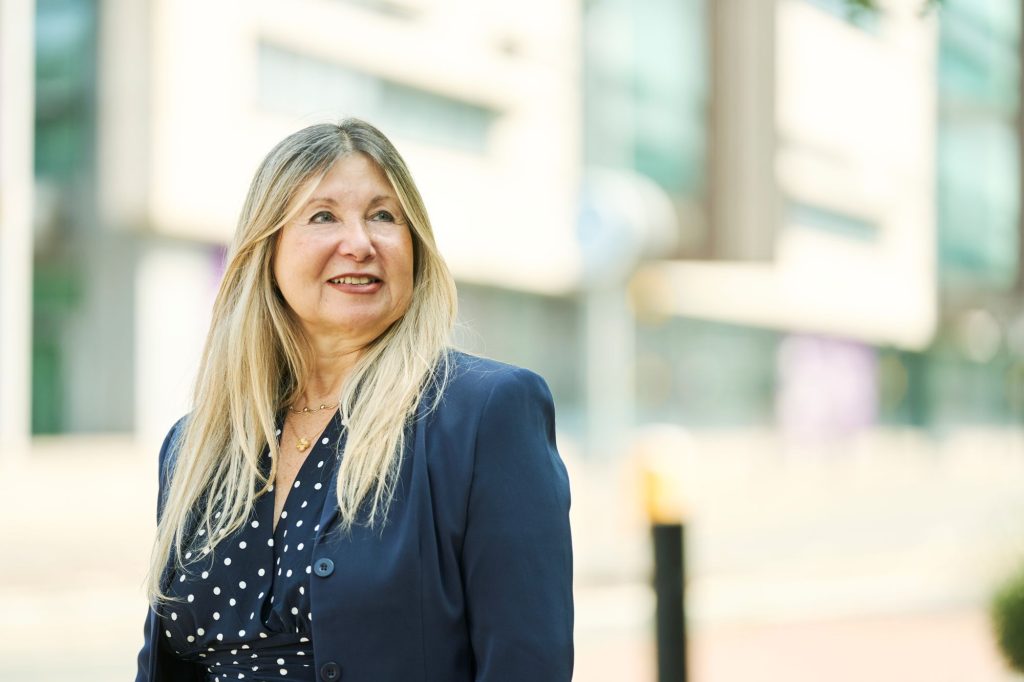
Digital twins ambition accelerated
Her recent academic exchange to South Korea alongside other researchers from the West Midlands has led to publication of a report into creation of a federated data exchange, and a promise to train SMEs about how best to deploy digital twins.
She says the DIATOMIC programme helped to “ease the communication between different stakeholders” involved in developing smart cities. “Connected Places Catapult has done a fantastic job at bringing industry, academia and other organisations together.”
Manolya adds that disruptive technologies such as AI and digital twins promise great advances for society, but adds that users “have to start thinking more ethically about the impact of the technology.
“You can't stop the advance of technology, so we have to shape it to meet our needs. But who would want to stop it anyway?”
Read more about the DIATOMIC programme, and the UK-Republic of Korea Innovation Twins programme.


